Today, I’m sharing a FREE Printable Companion Planting Guide as we talk about how to map out your garden.
Before you work on mapping out your garden, be sure you’ve decided what you’ll grow and where your garden might go. These are both subjects earlier in this gardening series. Scroll down to see all the posts in this gardening series.
*Note: This is a collaborative series between my father, Boyd White, who has been gardening for nearly 40 years, and myself {Becky}.
**I am a participant in the Amazon Services LLC Associates Program, an affiliate advertising program designed to provide a means for me to earn fees by linking to Amazon.com and affiliated sites.
Alright, it’s time to map our your garden! Where will everything go? Remember, planning is a necessary part of growing a garden. I recommend using a pencil to draw out your garden on grid paper. This way, you can make a plan.
If you’re looking for a garden grid for mapping out your garden, you’ll want to subscribe to grab our Year-Round Gardening Plan Book!
But before you decided exactly where everything goes, it’s important that you understand companion planting.
What Exactly is Companion Planting?
Companion planting in intentionally growing certain plants together so they can help each other.
Some examples include but are not limited to:
- one plant might provide shade for another
- one plant can give off a smell that naturally deters pests
- one plant might provide lots of nitrogen for the other plant to absorb
- one plant may act as a trellis for the other plant to climb
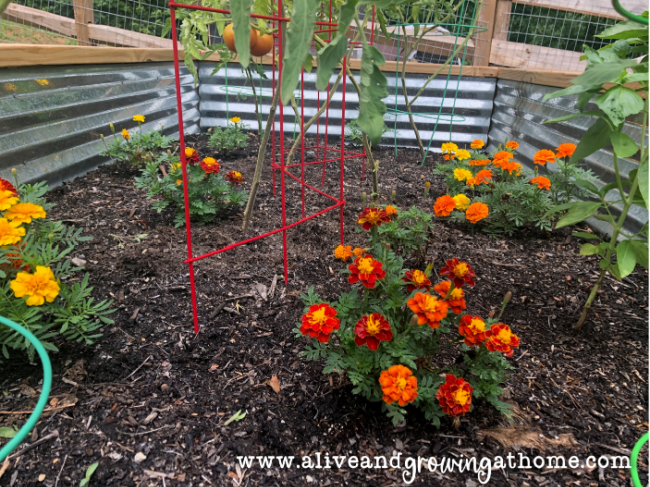
If you are a US reader, think back to your history class.
Some of the Native Americans knew that three plants would grow well together: beans, squash, and corn. The corn provides a trellis for the beans to climb. The squash provides a shade for the soil and prevents weeds, and the beans add nitrogen to the soil for both the corn and squash to absorb.
When you’re mapping out your garden, you’ll want to be sure you plant certain plants next to each other for their mutual benefit.
But, you’ll also want to avoid planting certain plants next to each other because they may stunt each others’ growth and nutrients.
For example, pumpkins and melons both have vines that like to sprawl. If they are planted to close to one another, they can choke each other out.
Printable Companion Planting Guide
Our printable companion planting guide includes a 4-page chart. There’s a column for the plants, a column for “DO PLANT Next to…” and a column for “DON’T PLANT Next to…” Each plant with an asterisk {*} beside it on the chart indicates a plant that provides natural pest control.
The chart includes these garden plants: asparagus, beans, beets, blackberries, blueberries, broccoli, Brussels sprouts, cabbage, carrots, cauliflower, celery, collards, corn, cucumber, eggplant, garlic, kale, lettuce, melons, okra, onions, peas, peppers, potatoes, pumpkins, radishes, spinach, squash, strawberries, sweet potatoes, tomatoes, turnips, zucchini {squash}
BIG Disclaimer: Gardeners do disagree on some plants and their best {or worst} companions, so you may find resources that are different than some of the plants listed in our chart.
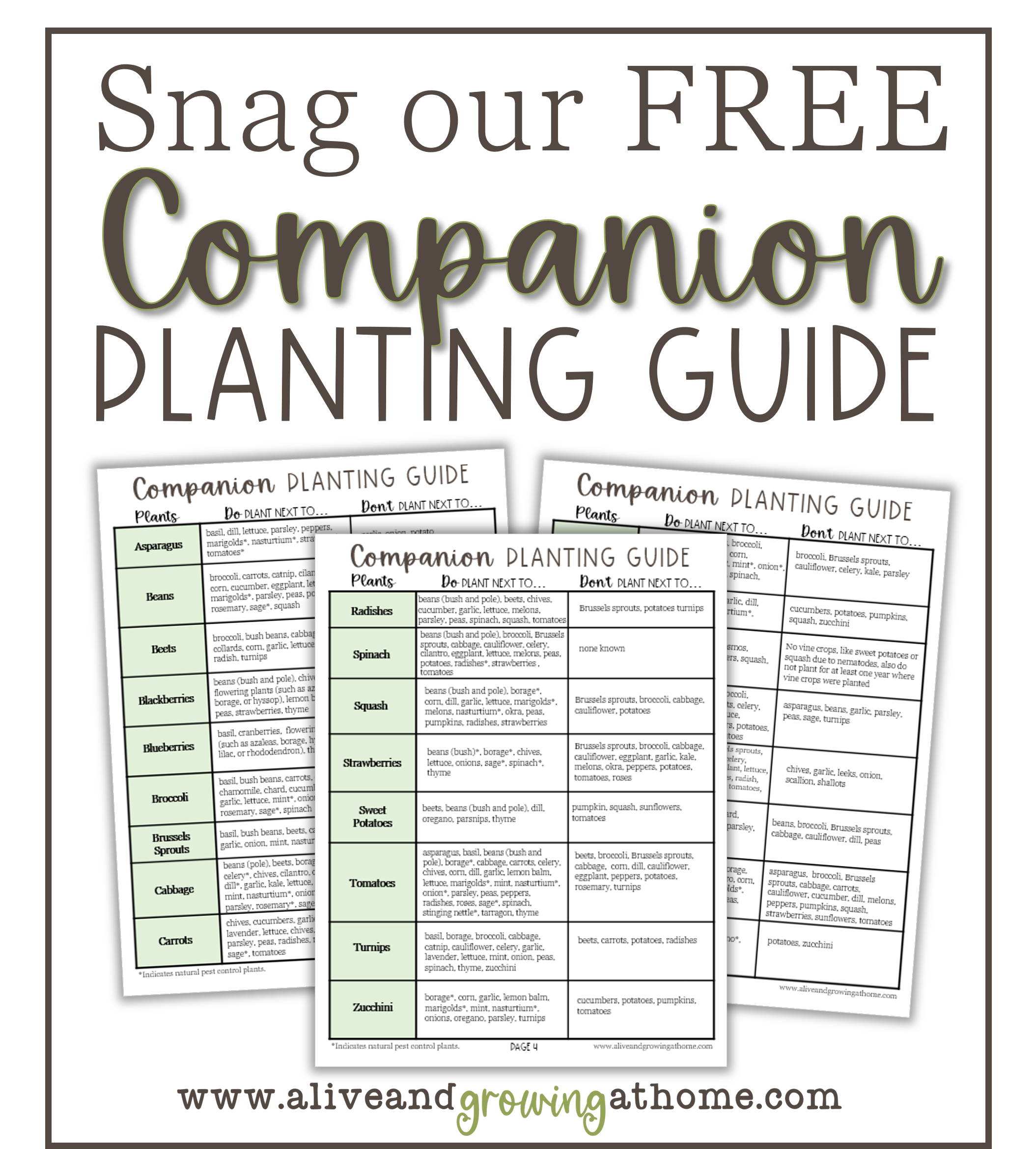
This is a subscriber freebie! Not a subscriber? SUBSCRIBE HERE.
Already a subscriber? Use the password from the bottom of your most current newsletter to login in my subscriber library. You’ll find the guide under “Homestead Printables.”
Find Even MORE Companion Planting Guides:
- Gardener Thumb
- Companion Planting Chart
- Walden Labs
- The Family Garden Plan by Melissa K. Norris {towards the back of her book}
Happy Gardening!
~Becky
More Posts in this Series…
- Introduction
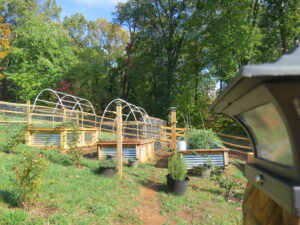
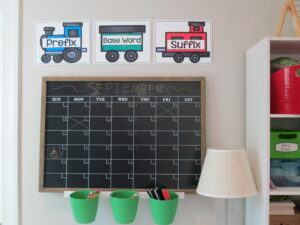
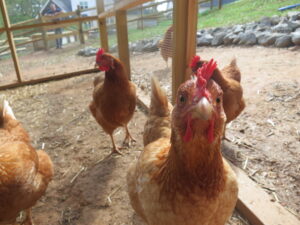
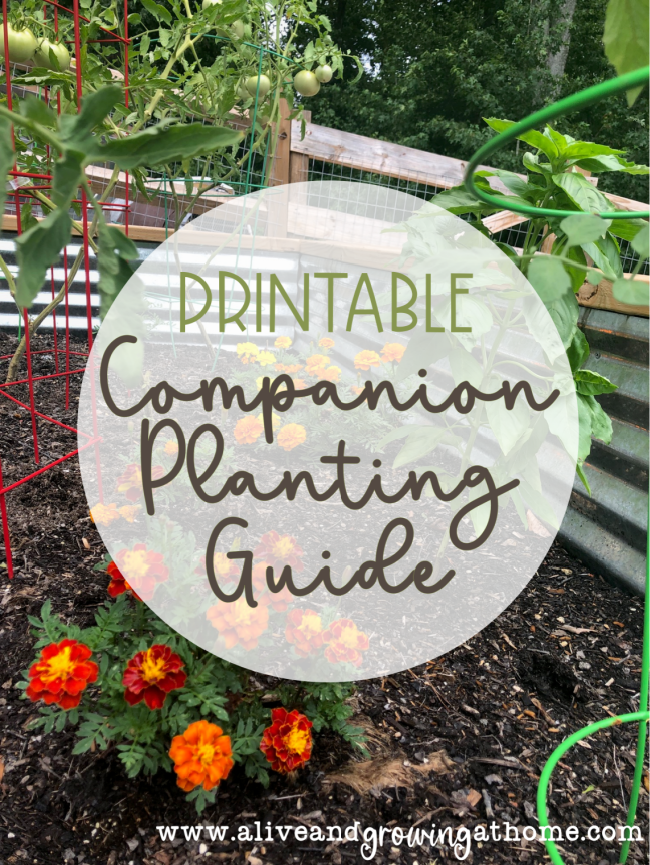


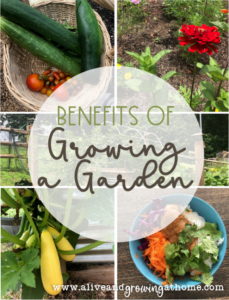
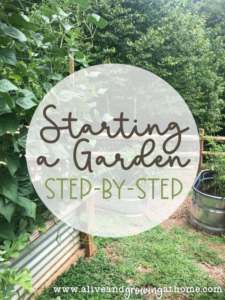
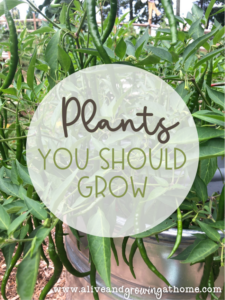

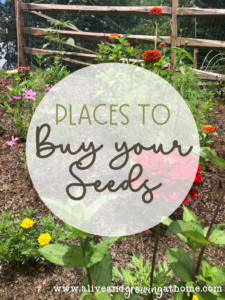
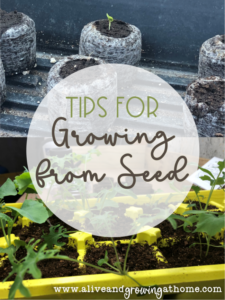
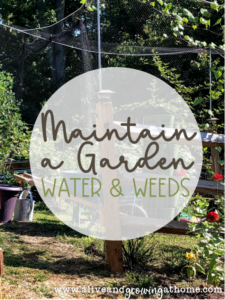
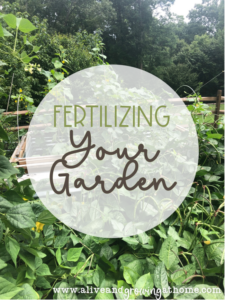
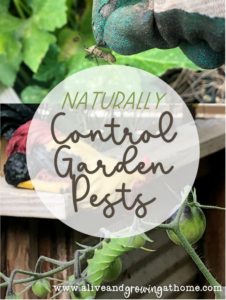

Leave a Reply